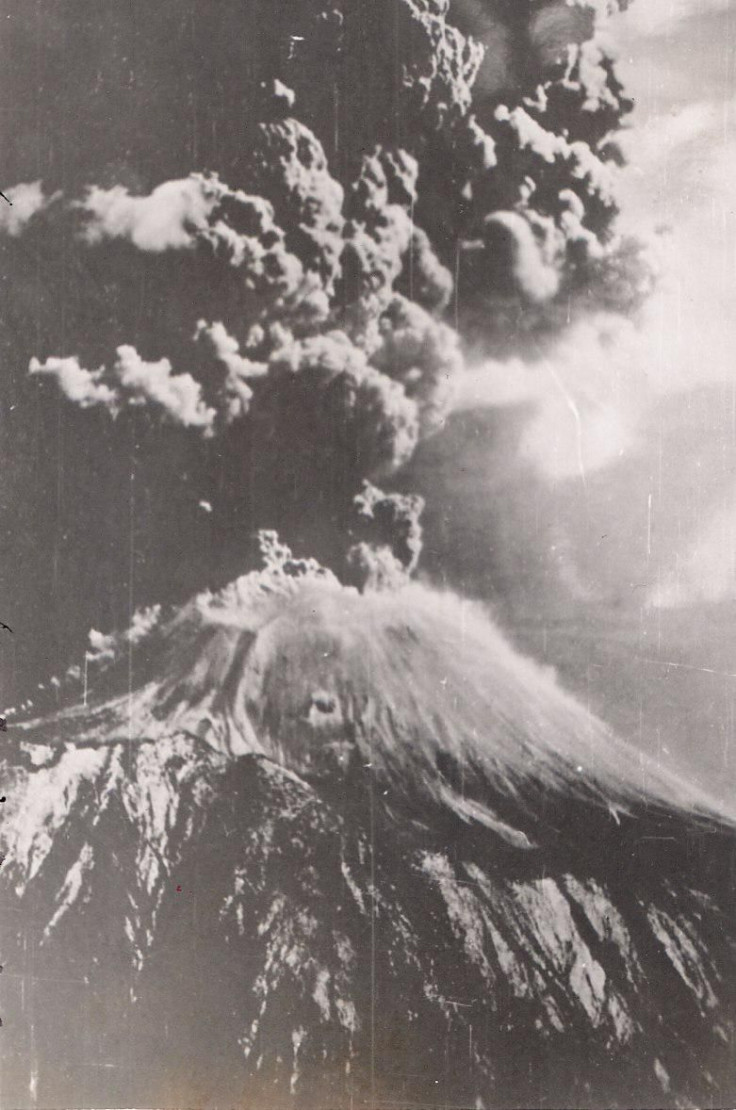Italian Supervolcano Campi Flegrei Could Erupt Sooner Than Previously Thought

A supervolcano next to Naples in Italy could erupt sooner than is presently thought, according to research published Monday. The Campi Flegrei caldera covers an area of over 100 square kilometers (almost 40 square miles) and it last erupted in 1538.
With 24 craters and volcanic openings, Campi Flegrei (the name is derived from Greek for “burning”) lies mostly underwater — but almost at ground level — to the west of Naples, and has been restless for the last 67 years. It has shown periods of unrest lasting two years in the 1950s, 1970s and the 1980s, when the rumbling caused small, local earthquakes.
In a study published in the journal Nature Communications, researchers from University College London and the Vesuvius Observatory in Naples said the unrest in the last few decades has caused a large build-up of energy in the crust, due to the cumulative effect of all the activity during the time.
They reached this conclusion using a new model of volcano fracturing developed at UCL, and the finding is in sharp contrast to the conventional belief that periodic restlessness caused a loss of energy instead of building it up.
Read: Why Do Volcanoes Erupt?
Christopher Kilburn, director of the UCL Hazard Centre and co-author of the study, said in a statement: “By studying how the ground is cracking and moving at Campi Flegrei, we think it may be approaching a critical stage where further unrest will increase the possibility of an eruption, and it's imperative that the authorities are prepared for this.”
The caldera is a part of the Campanian volcanic arc, which is centered on the Bay of Naples. The arc also contains Mount Vesuvius, an active volcano that last erupted in 1944 and famously destroyed the Roman cities of Pompeii and Herculaneum when it erupted about 2,000 years ago, in A.D. 79.

Magma is moving three kilometers below the surface of the caldera, causing the recent unrest, according to the researchers. When the ground above is stretched to its breaking point, an eruption becomes more likely, since the magma can escape through the gaps in the ground.
But even if the ground breaks, an eruption is not certain because the magma can stall before it reaches the surface, and that makes accurately predicting an eruption very difficult, if not impossible.
Read: Tectonic Plate Shifts Created World’s Biggest Volcanoes In Hawaii 3 Million Years Ago
Therefore, the researchers are not focusing on trying to find a date when the next eruption will take place at Campi Flegrei, but instead, they are looking at the possibility of other associated emergencies, such as earthquakes. Given how the periods of unrest have already caused changes to the region’s geography, they want their research to inform the authorities who need to prepare for eventualities.
“Most damage in previous crises was caused by the seismic shaking of buildings. Our findings show that we must be ready for a greater amount of local seismicity during another uplift and that we must adapt our preparations for another emergency, whether or not it leads to an eruption,” study co-author Professor Giuseppe De Natale, former Director of the Vesuvius Observatory, said in the statement.
The study appeared under the title “Progressive approach to eruption at Campi Flegrei caldera in southern Italy.”
© Copyright IBTimes 2024. All rights reserved.











